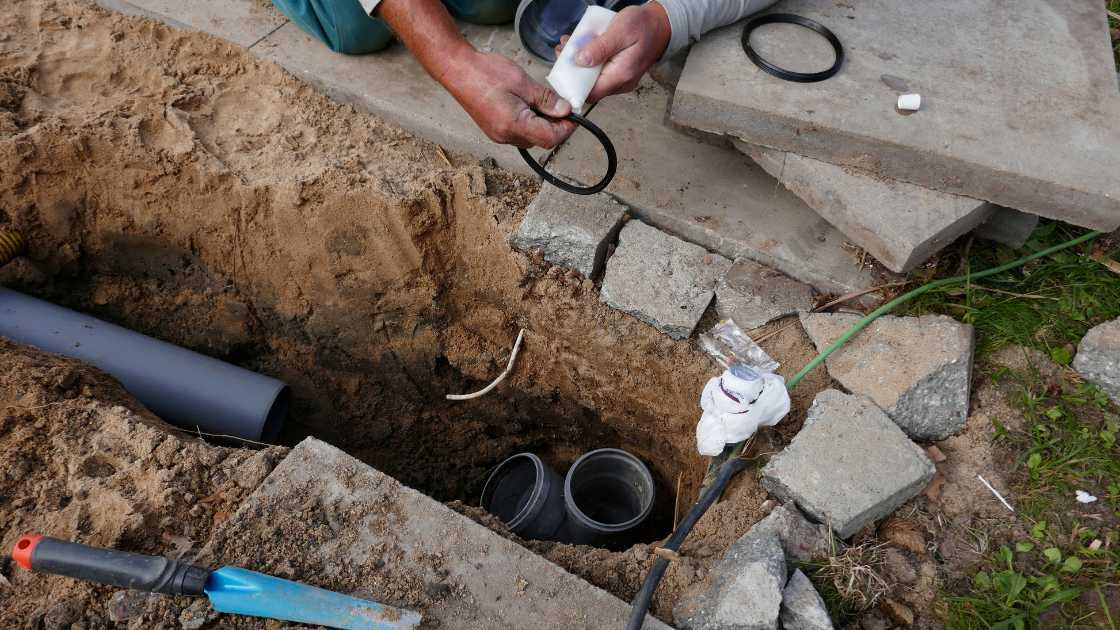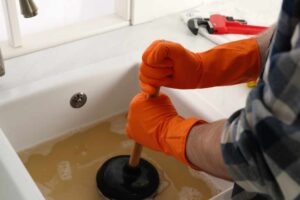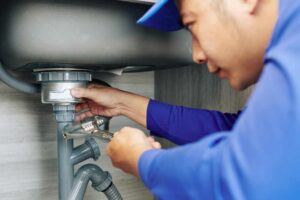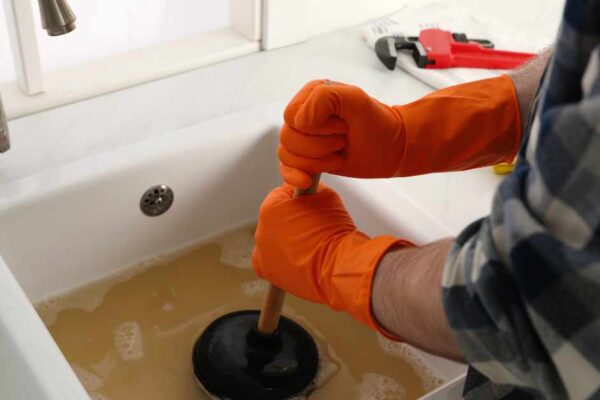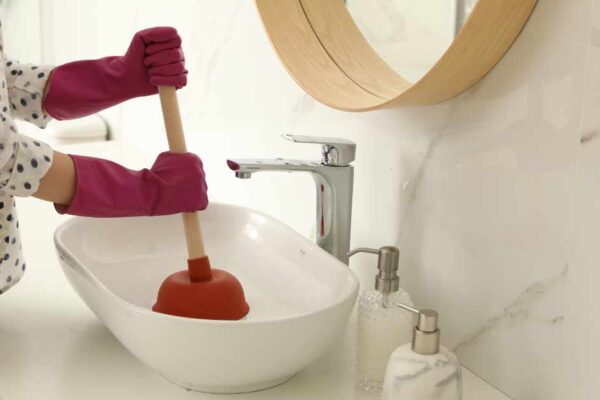PVC repair couplings are an essential component for repairing broken or damaged PVC pipes. They provide a quick and easy solution for fixing leaks or breaks without the need to replace the entire pipe. In this article, we will guide you through the process of installing a PVC repair coupling in a few simple steps.
What You Will Need
Before you start the installation process, you will need to gather some tools and materials. Here are the things you will need:
PVC repair coupling
PVC pipe cutter or hacksaw
Emery cloth or sandpaper
PVC primer
PVC cement
Cut the Damaged Section of the Pipe
The first step in installing a PVC repair coupling is to cut the damaged section of the pipe. Use a PVC pipe cutter or a hacksaw to make a clean cut through the pipe. Make sure to cut the pipe at a 90-degree angle and remove any burrs or rough edges using emery cloth or sandpaper.
Measure the Cut Pipe Section
Measure the length of the cut section of the pipe and select a PVC repair coupling that matches the size and length of the pipe. It is essential to select a coupling that fits snugly around the pipe to prevent any leaks.
Apply Primer to the Pipe and Coupling
Apply PVC primer to the outside of the cut pipe section and the inside of the PVC repair coupling. Make sure to follow the manufacturer’s instructions and allow the primer to dry completely.
Apply Cement to the Pipe and Coupling
Once the primer is dry, apply PVC cement to the outside of the cut pipe section and the inside of the PVC repair coupling. Be careful not to apply too much cement as it can cause the joint to become weak.
Insert the Repair Coupling
Carefully insert the PVC repair coupling into the cut section of the pipe. Make sure to align the coupling with the pipe and push it in firmly. Hold the coupling in place for a few seconds to ensure a tight seal.
Allow the Joint to Cure
Allow the joint to cure according to the manufacturer’s instructions. This typically takes around 24 hours, but it may vary depending on the type of PVC cement used.
Test for Leaks
After the joint has cured, turn on the water supply to test for leaks. Check the joint thoroughly to make sure that there are no leaks. If there are any leaks, you may need to apply additional cement to the joint.
FAQs
What size PVC repair coupling do I need for my damaged pipe?
It is essential to select a PVC repair coupling that matches the size and length of the pipe you need to repair. Measure the length of the cut section of the pipe and select a coupling that fits snugly around the pipe to prevent any leaks. PVC repair couplings come in various sizes, so it is crucial to choose the right one to ensure a tight seal.
Can I use PVC cement without primer when installing a PVC repair coupling?
No, it is not recommended to use PVC cement without primer when installing a PVC repair coupling. The primer helps to soften the PVC and removes any dirt or debris on the surface, allowing the cement to bond properly. Skipping the primer step can weaken the joint and lead to leaks over time. Always follow the manufacturer’s instructions and use primer and cement when installing a PVC repair coupling.
How long does it take for a PVC repair coupling joint to cure?
The time it takes for a PVC repair coupling joint to cure varies depending on the type of PVC cement used. However, most PVC cement manufacturers recommend allowing the joint to cure for at least 24 hours before testing for leaks. It is important to wait until the joint is fully cured before turning on the water supply to avoid any leaks or damage to the repair coupling. Always refer to the manufacturer’s instructions for specific curing times.
Final Thoughts
Installing a PVC repair coupling is a simple process that can save you time and money. With the right tools and materials, you can easily fix a damaged PVC pipe without the need to replace the entire pipe. Follow the steps outlined in this article, and you will have a leak-free joint in no time!

